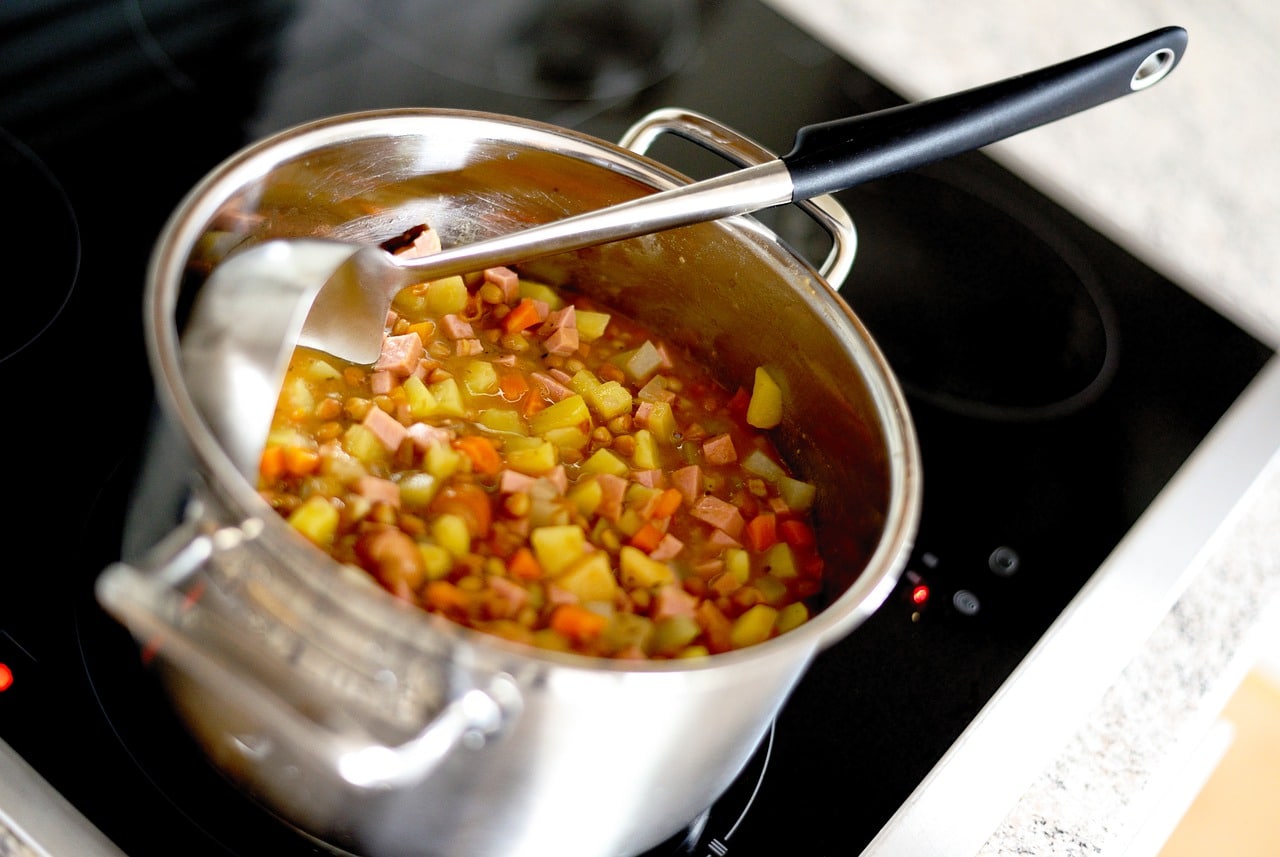As you know, the gastronomy in Spain is very rich and varied. In Spain you can eat fish, meat, vegetables, stews, salads, etc. because everything is produced here.
However, as it is very rich, you do not eat the same thing in summer as in winter. There are meals more typical of the heat and more typical of the winter. Now that it's cold, there are hotter and more elaborate dishes.
In our Spanish school we like to teach more than just words and vocabulary. We like you to learn Spanish customs and culture. That is why we are going to teach you some dishes for the winter in Spain.
Delicious dishes for the winter in Spain
Cocido. One of the most typical dishes in Spain during the winter. It is prepared in almost all regions, varying the name and some ingredients. The most common is that the main ingredient is chickpeas. Then it can be made with beef, chicken, pork, black pudding, chorizo and vegetables such as potatoes and carrots. It is also accompanied by a soup with noodles from the cooking broth of all the ingredients.
In Madrid the most popular stew is cooked, the "madrileño". Here it is served in three different ways: soup, chickpeas and vegetables and, finally, meat. In the province of León, the so-called maragato is popular, which is eaten in reverse, i.e. first the meat, then the vegetables and finally the soup.
Estofado de lentejas. They can be cooked in a stew, with chorizo, with ribs or rice, in a pot or in a Rioja style. There are few typical dishes in Spain that can be cooked with so many varieties of recipes. Lentils are very nutritious, and have a lot of iron. They are perfect for winter as a unique dish.
Marmitaco. This dish is typical of northern Spain. It is made with tuna or white tuna and potatoes, onions, peppers and tomatoes are added. It is cooked in an earthenware casserole, although originally they were made in "marmitas" which were metal pots.
Before, it was made with any fish, but now it is only made with bonito or tuna.
Sopa de ajo. Before, it was eaten for breakfast, accompanied by a cup of coffee and a couple of eggs. It was a typical dish of the farm workers, because of the heat it provided. Now, it is still very popular on the weekly menu of any house, to take advantage of the leftover bread that has become hard, to which garlic, paprika and meat broth are added. Depending on the area of Spain, mushrooms are also added, in Soria; cod, in the País Vasco, or tomato and pepper, in La Rioja.


